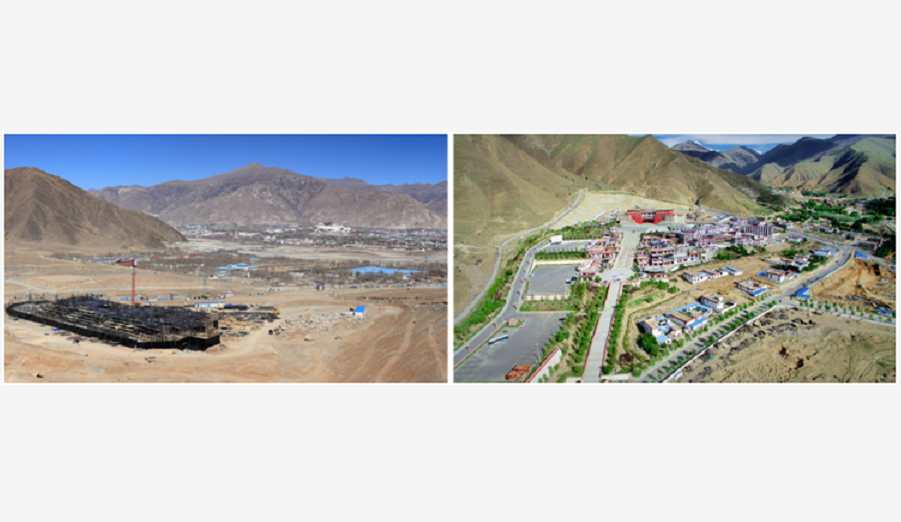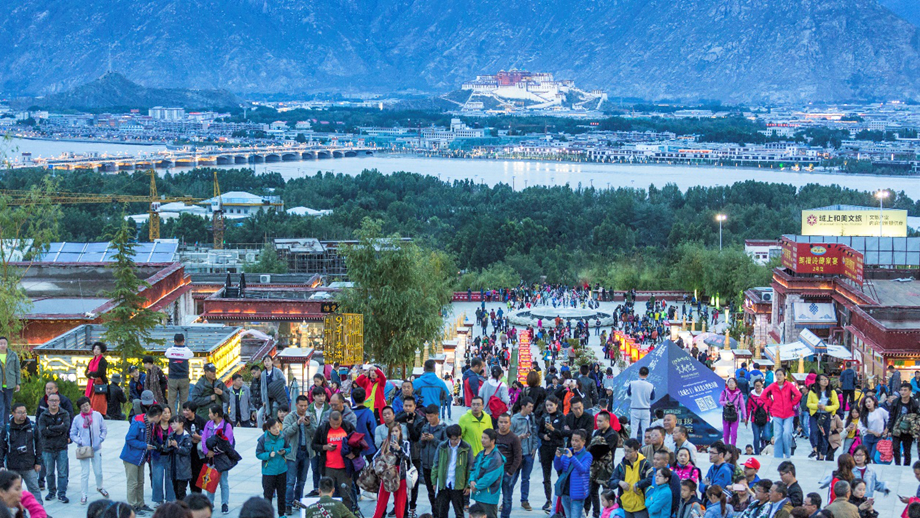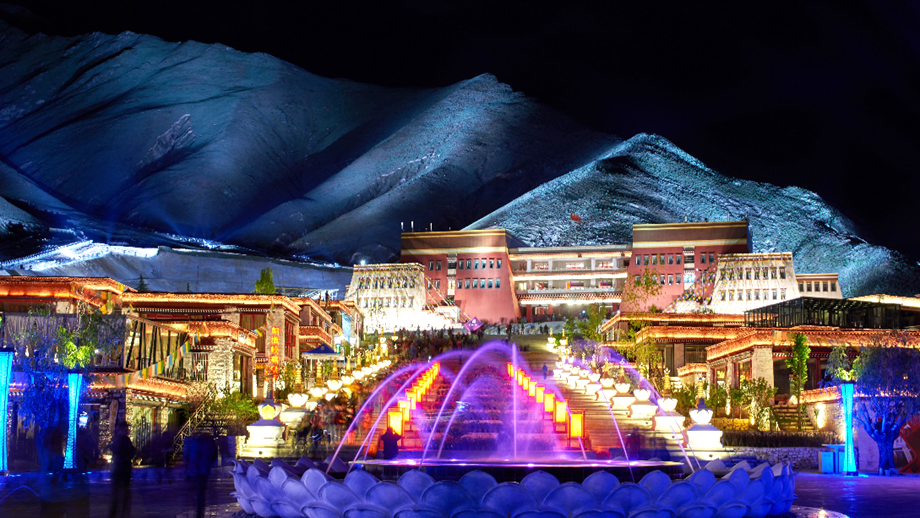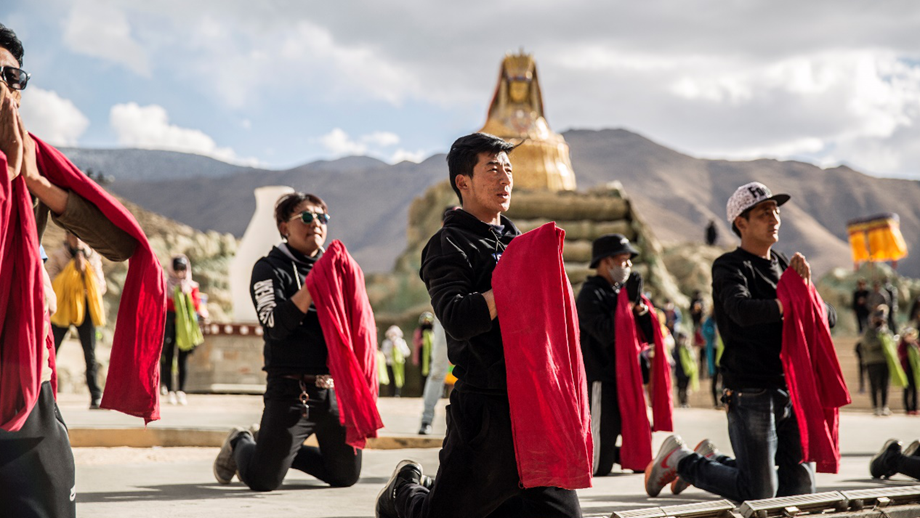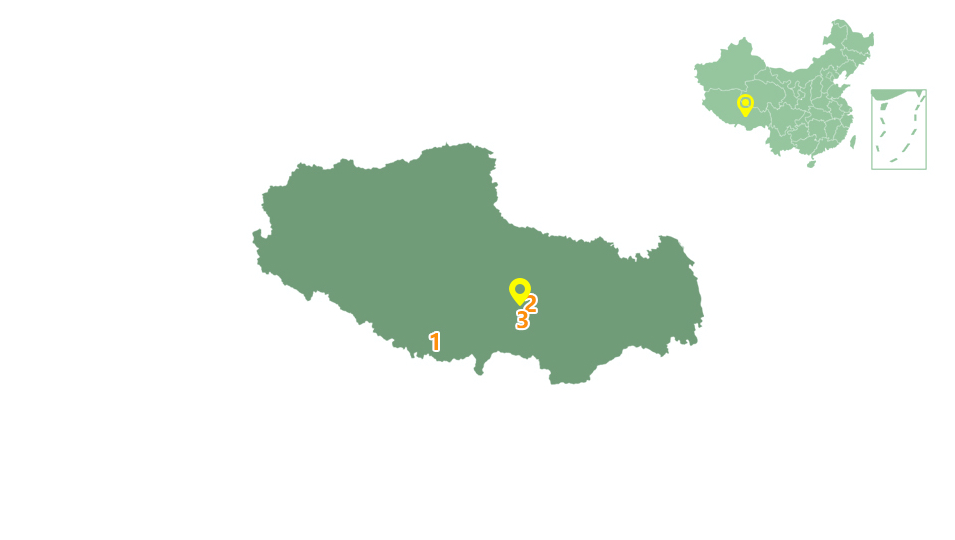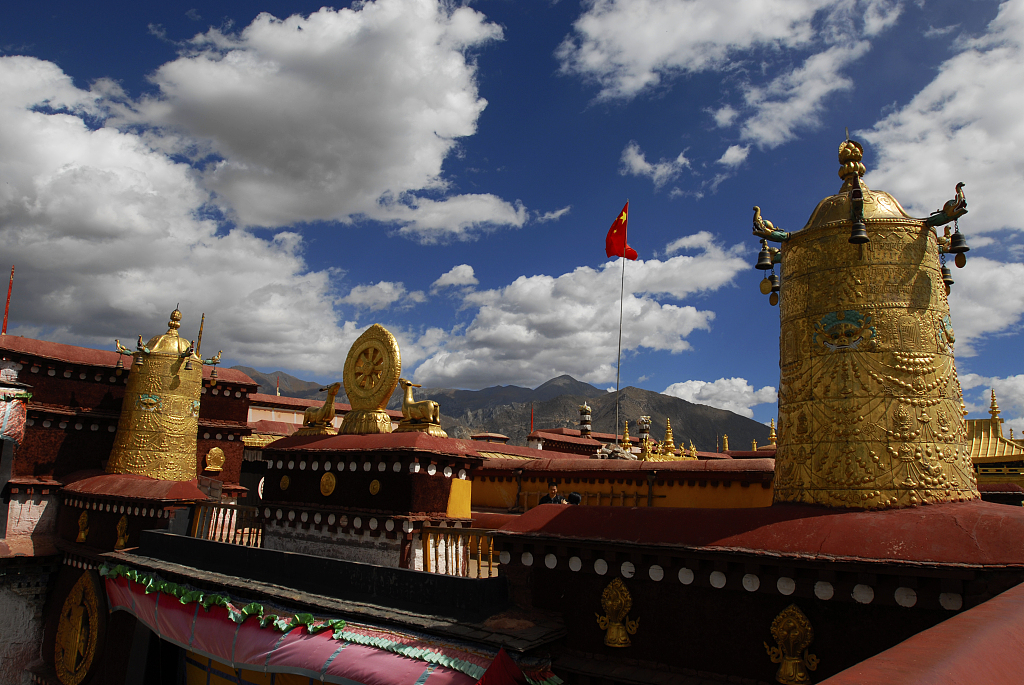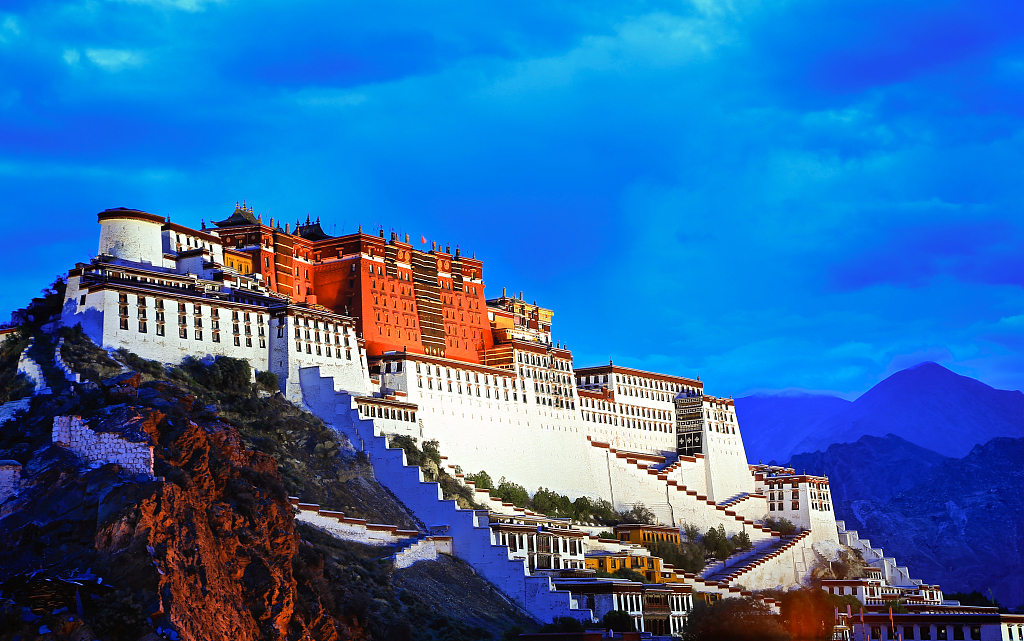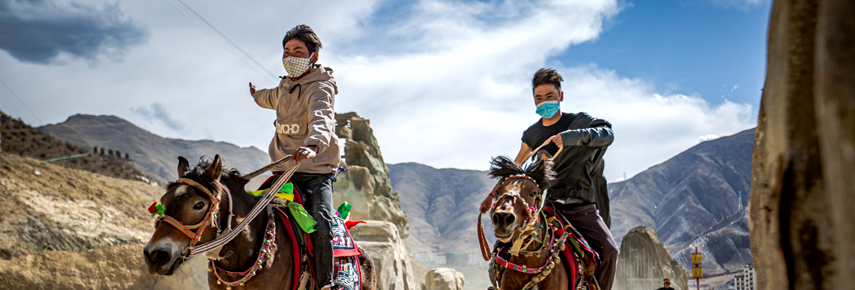
Cijuelin Village, Lhasa, Tibet, China
Cijuelin Village was originally a typical impoverished village in Lhasa, mainly engaged in traditional farming and husbandry with low income. The villagers generally had a low education level and did not know enough how to get out of poverty. In 2012, Usunhome Cultural Tourism Co., Ltd. set up shop in Cijuelin and explored a new model of poverty alleviation through tourism performance. It produced the epic Tibetan drama “Princess Wencheng” as the engine project. Since the premier of "Princess Wencheng" in 2013, Usunhome had encouraged the villagers to participate in the performances and related operations so as to help the them shift from self-employment to becoming entrepreneurs. Apart from the performing jobs, the project also provided more than 100 jobs for the local farmers and herdsmen, including those of security, cleaning, service, reception, administration and logistics jobs. Nearly 1,000 villagers found work in businesses related to the project, such as ticket sales and transport connection. The operation of scenic areas brought about an increase of the villagers' annual income from 5,500 RMB in 2012 to over 20,000 RMB in 2018. In a period of seven years, and benefiting from the "Princess Wencheng" project, the third industry of Cijuelin Village grew tremendously which reshaped its economic structure, and led to integrated development in poverty alleviation and the raising of the villagers’ intellectual capacity and self-confidence.
